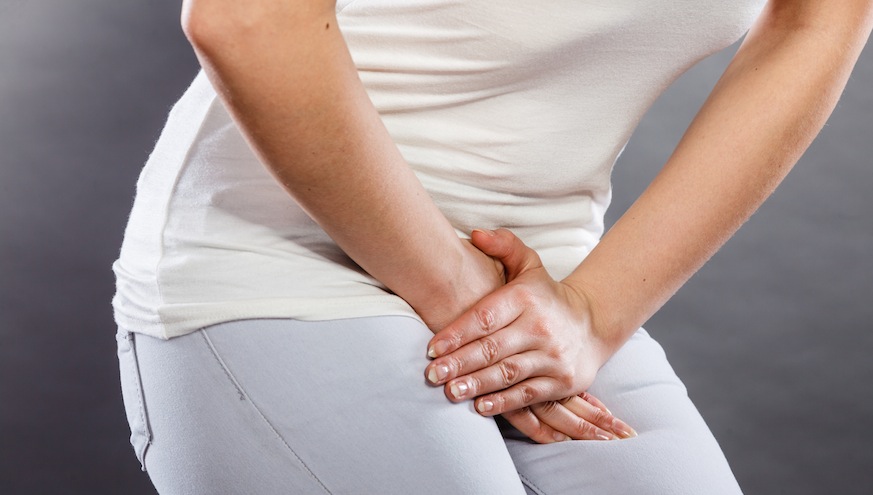It happens to nearly all of us at some point: Something about your peeing habits is off. Maybe you’re going more frequently than usual; maybe it stings or you see a little blood.
These can be signs of myriad conditions, but one of the most common is a urinary tract infection. We spoke to Dr. Zoe Rodriquez, vice chair of operations, medical director of ambulatory services, department of obstetrics and gynecology at Mount Sinai Downtown, to find out more about what causes UTIs and how you can prevent them.
What is a UTI?
UTI, or urinary tract infection, is an infection of the bladder or lower urinary tract. UTIs can be either complicated or uncomplicated depending upon a patient’s risk factors/medical co-morbidities.
What causes it?
UTIs are most commonly caused by gastrointestinal or fecal flora seeding of the vagina and/or urethra [and traveling] to the bladder.
How can they be prevented?
Risk factors for recurrent UTIs include increased sexual activity, new partners, spermicide use. These are some preventable risk factors for UTI.
Although certain hygienic practices (wiping after going to the bathroom, going to the bathroom immediately after sex and drinking increased fluids) have been touted as methods to reduce the incidence of UTI, there is no evidence to support it. The best way to prevent UTIs in patients with recurrent infections is to use antibiotic prophylaxis taken either daily for a specified amount of time or after sex. Both regimens have been found to have good results in preventing UTIs.
How are they treated?
UTIs are typically treated with antibiotics.
What happens if left untreated?
If UTIs are left untreated, the infection may continue up from the bladder to the upper urinary tract and lead to the infection of the kidneys. This may lead to septicemia, or infection of the blood.
Does cranberry juice really help? What about over-the-counter remedies?
Cranberry juice or tablets could potentially aid; they may decrease adherence of bacteria to the lining of the bladder. However, the evidence does not support its use as a preventive method, as the results have either been mixed or nonbeneficial. The high sugar content in cranberry juice may also contribute to other medical issues.
Over the counter probiotics have also had some mixed reviews, but different delivery methods (i.e. vaginal approach) may show some benefit, though studies are lacking. And pyridium [a prescription analgesic] may help with bladder pain, but is meant for short-term use as an adjunct to antibiotic therapy.





















